Everything You Need To Know About Gardening

Organic Weed Killer Methods for Your Vegetable Garden
Skip the chemical cocktail and use an organic weed killer like vinegar or boiling water to zap unwanted weeds in your veggie beds. Mulching with straw or shredded leaves is another smart organic weed killer that smothers invaders, while corn gluten meal stops weed seeds from sprouting. Ready to kick weeds naturally and safely? Let's get growing.
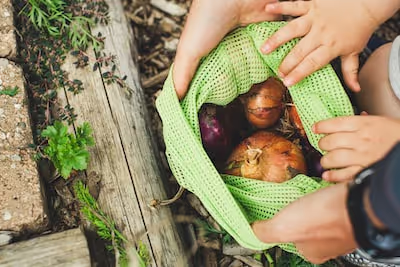
Backyard Gardening: The Delight of Growing Fresh Vegetables
Ready to taste produce at peak freshness? Backyard gardening delivers succulent tomatoes, crunchy lettuce, and aromatic herbs directly from soil to kitchen. With basic tools, minimal space, and a bit of sunlight, backyard gardening rewards you with vibrant harvests, year after year—and satisfaction money can't buy. Here's how to start your edible oasis.
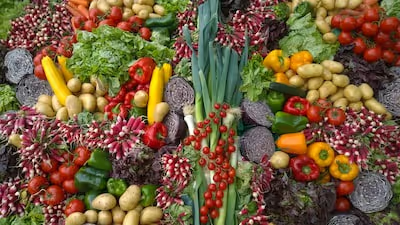
Gardening Ideas for Growing Vegetables in Small Backyards
Short on space but hungry for homegrown veggies? These gardening ideas transform small backyards into thriving, edible escapes. Using vertical gardening, strategic companion planting, and space-saving containers, you'll turn limited square footage into abundant harvests. Intrigued? Keep reading for smart tips to maximize your garden bounty.
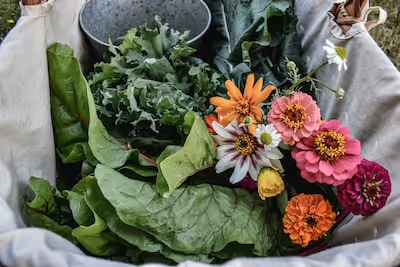
Homesteading: Living Simply and Sustainably Off the Land
Homesteading blends self-reliant living, gardening, and sustainable practices into everyday routines anyone can adopt. Growing your own produce, raising animals, and preserving harvests are foundations of the homesteading lifestyle. Discover how cultivating this rewarding approach puts fresh, organic bounty onto your table and independence back into your life.

Garden Size: How Much Space Does Your Garden Really Need?
Wondering if your garden size matches your planting aspirations? Optimal garden size hinges on factors like how much produce you want, what plants excite your palate, and the available sunlight and space you've got. Understand your goals, plan accordingly, and reap greater satisfaction; here's how to size your garden right for maximum bounty and joy.
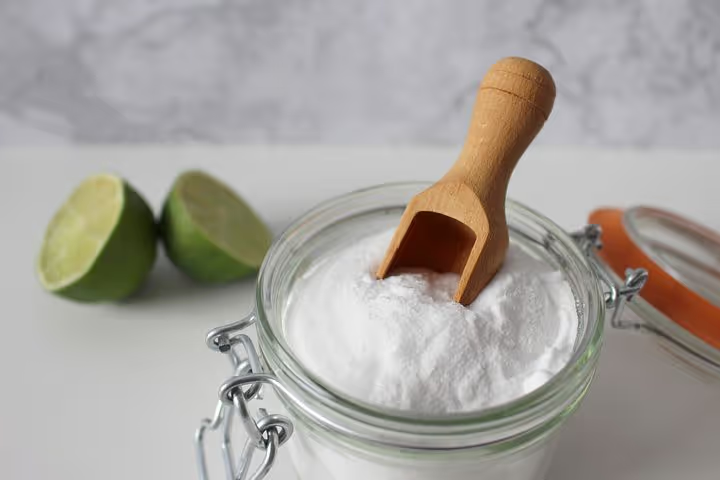
Cream of Tartar: Natural Pest Control for Your Garden
Sprinkling a spoonful of Cream of Tartar around your garden repels aphids, ants, and pests without harsh chemicals. Mixing Cream of Tartar with water creates a natural defense spray to keep leaves healthy and thriving. Regular use of Cream of Tartar safeguards plants effectively and simply. Curious how this pantry staple can rescue your blooms? Let's talk gardening.

Citrus Peels for Natural Fertilizer and Pest Control
Stop chucking your citrus peels—those zesty scraps pack serious gardening punch. Citrus peels naturally repel aphids and ants, enrich compost with phosphorus and potassium, and boost acidic soil levels for thriving plants. Toss your leftover orange, lemon, or grapefruit skins straight into the soil or compost heap, and watch your garden thank you. Here's how your kitchen scraps can feed your backyard bounty.

Propagate Cuttings With Honey for Healthy Plant Growth
Skip synthetic chemicals—and propagate cuttings with honey, nature's antimicrobial rooting stimulant. Dip your fresh plant cuttings lightly into raw honey, then plant them directly into dampened soil for healthier, sturdier root development. Gardeners who propagate cuttings with honey swear by its gentle effectiveness—and the promise of vibrant new growth makes it worth adding to your propagation toolkit.

Organic Liquid Fertilizer From Your Leftover Cooking Water
Transform excess cooking water into nutrient-rich organic liquid fertilizer. Pasta, vegetable, or rice water brims with starches and minerals plants devour eagerly. Let it cool, pour it straight around your plants, and watch them thrive—ditch waste, feed growth, and give your garden a sustainable boost.
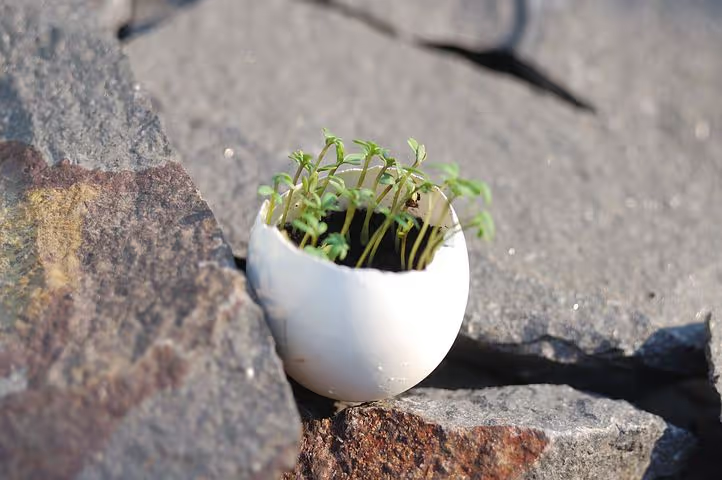
Eggshells as a Natural Limestone Substitute for Acidic Soil
Save your eggshells, rinse them, crush them, and feed your garden's hungry soil. Rich in calcium carbonate, eggshells gently neutralize acidic soil, offering a savvy, natural alternative to limestone. Discover how leftover breakfast scraps transform backyard blooms and kitchen waste into garden gold.
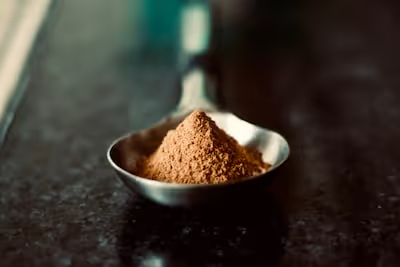
Cinnamon Protects Seedlings Naturally Against Diseases
Sprinkle a dash of cinnamon powder onto your seedlings to naturally ward off fungal diseases. Cinnamon's antifungal properties protect young plants, helping prevent damping-off and mold growth. Dust your seed-starting trays lightly with cinnamon to foster healthier, sturdier seedlings. This pantry favorite may surprise you—read on to discover how cinnamon can keep your garden vibrant and disease-free.

Gardening Innovations: Fresh Ideas for Vegetable Gardens
Level-up your garden this season with the freshest gardening innovations. Discover smart watering gadgets that reduce water use by up to 50%, vertical growing systems to triple your yield in small spaces, and organic, disease-resistant plant varieties that increase harvests without chemicals. Curious to uncover what other gardening innovations can transform your vegetable plot this year? Let's get digging.

Gardening Apps That Help Grow Your Best Vegetable Garden
Grab your phone and sharpen your spade—gardening apps can simplify planting schedules, identify pests instantly and keep your beds thriving. Research shows gardeners using gardening apps harvest up to 20% more produce through smart planting advice and timely maintenance alerts. Keep scrolling to uncover which apps genuinely boost your bounty and make gardening effortless and fun.
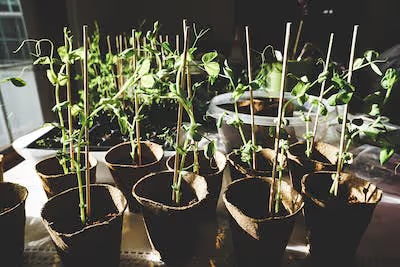
Indoor Vegetable Gardening: Fresh Harvests All Year Indoors
Indoor vegetable gardening delivers fresh produce to your fingertips, even without outdoor space. Start small, pick vegetables suited to indoor conditions—think leafy greens, herbs, and cherry tomatoes—and position them near bright windows or invest in grow lights. Regular watering, smart container choices, and proper airflow make indoor vegetable gardening deliciously rewarding and entirely doable. Hungry for more? Here's your ultimate guide.
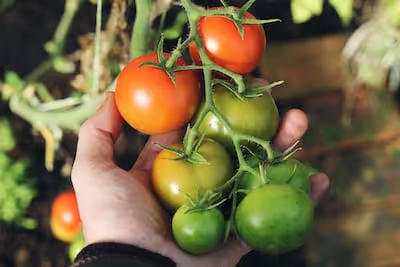
Avoid Bolting With Four Essential Gardening Practices
To avoid bolting, water leafy greens consistently, plant at cooler times of the year, and pick bolt-resistant varieties. Stress from heat or irregular watering triggers plants to bolt, turning crisp lettuce bitter and tender herbs woody. Learn four simple steps to sidestep bolting and enjoy flavorful harvests all season long.

Trellises: Elegant Styles for Every Garden
Trellises transform gardens, boost plant growth, and maximize small spaces. Selecting the right trellises gives vines and flowers solid support, improves airflow, and simplifies harvesting. This quick guide breaks down popular trellis types to help you pick the perfect piece and bring your garden to life with vertical style.
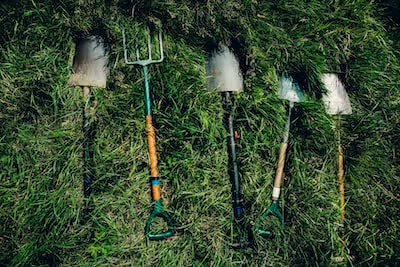
Gardening Tools 101: Essential Gear for New Gardeners
Grab your gloves and sharpen your shears—using the right gardening tools turns chores into satisfying pleasures. Quality gardening tools reduce effort, boost efficiency, and help your garden flourish. This friendly guide breaks down the essential gardening tools you'll need, making your gardening simpler, more enjoyable, and infinitely rewarding.
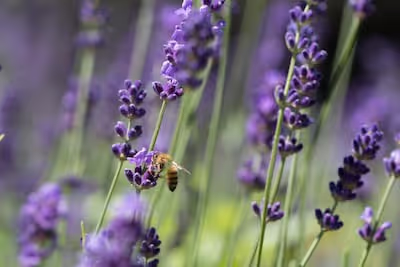
Pollinators at Home: Inviting Nature Into Your Garden
Want more blooms, fruits, and veggies in your garden? Invite pollinators—bees, butterflies, hummingbirds—by planting nectar-rich flowers and ditching harsh chemicals. Gardens buzzing with active pollinators produce higher yields, healthier plants, and vibrant diversity. Here's how to turn your yard into a haven these hardworking guests can't resist.

Plant Life Cycle: Annuals, Biennials, and Perennials Defined
Understanding the plant life cycle helps you plan gardens that bloom harmoniously. Annuals explode into color quickly but die within a year, biennials take two seasons to flower, and perennials return reliably year after year. Mastering the distinct growth patterns allows gardeners to choreograph vibrant, healthy spaces—stay tuned to grasp precisely how each life cycle impacts your gardening success.

Pesticides: Growing Healthy Crops With a Gentler Approach
Want abundant crops with fewer pesticides? Rotate your plantings yearly, welcome beneficial insects, and pick crop varieties known to resist pests naturally—these simple actions slash pesticide reliance. Reducing chemical pesticides boosts soil health and strengthens plants in a garden that sustains itself, tastes better, and makes your effort actually count. Ready for thriving produce grown smarter?
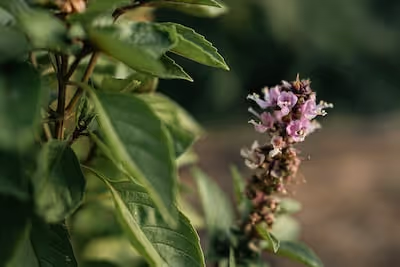
Fresh Herbs: How to Keep Them Fragrant and Lasting Longer
To savor the vibrant punch of fresh herbs, treat them like fine wine—trim the stems, place upright in water, and loosely cover with a breathable bag. Avoid fridge burn: give your fresh herbs room to breathe, storing delicately leafy varieties upright in jars on the counter and woody stems in the fridge. Preserve intensity and aroma by freezing chopped fresh herbs in olive oil cubes for future flavorful blasts.Follow these simple tips to keep herbs at their freshest, most aromatic best.
Find out which plants will thrive in your garden!
Answer a few fun questions and get custom plant recommendations perfect for your space. Let’s grow something amazing together!

start your season